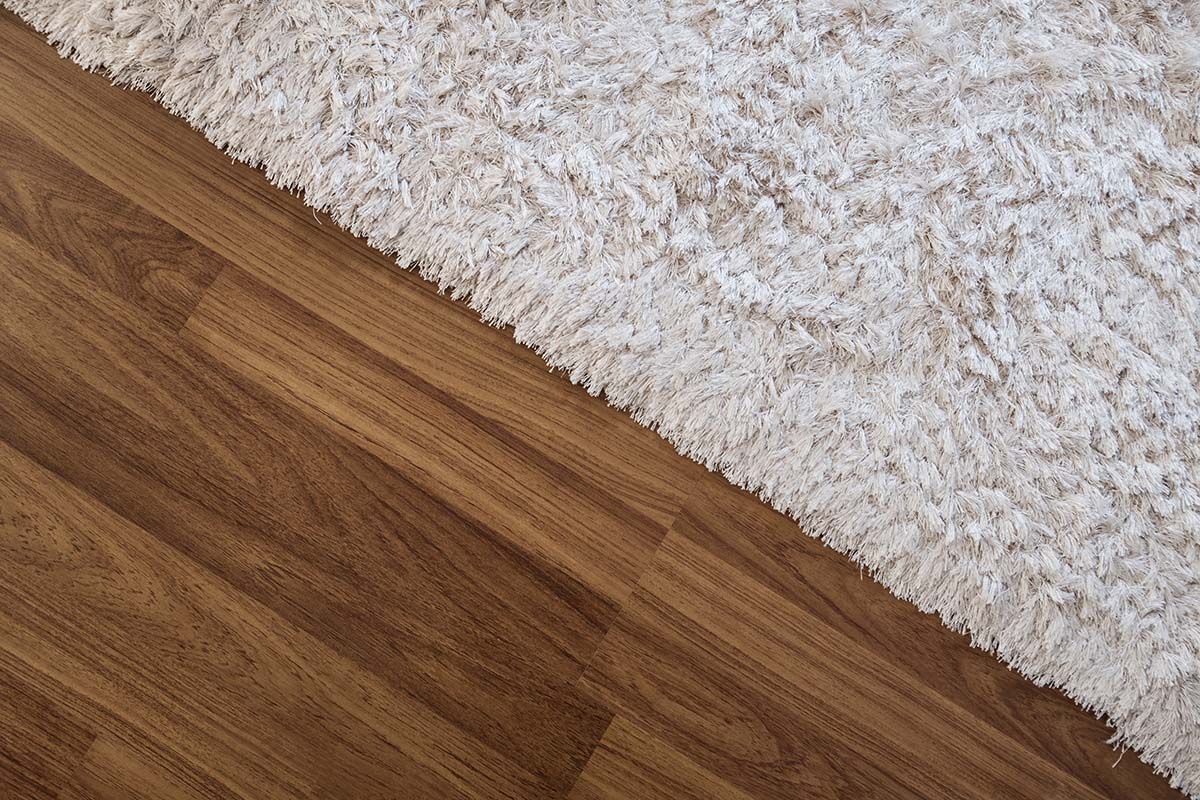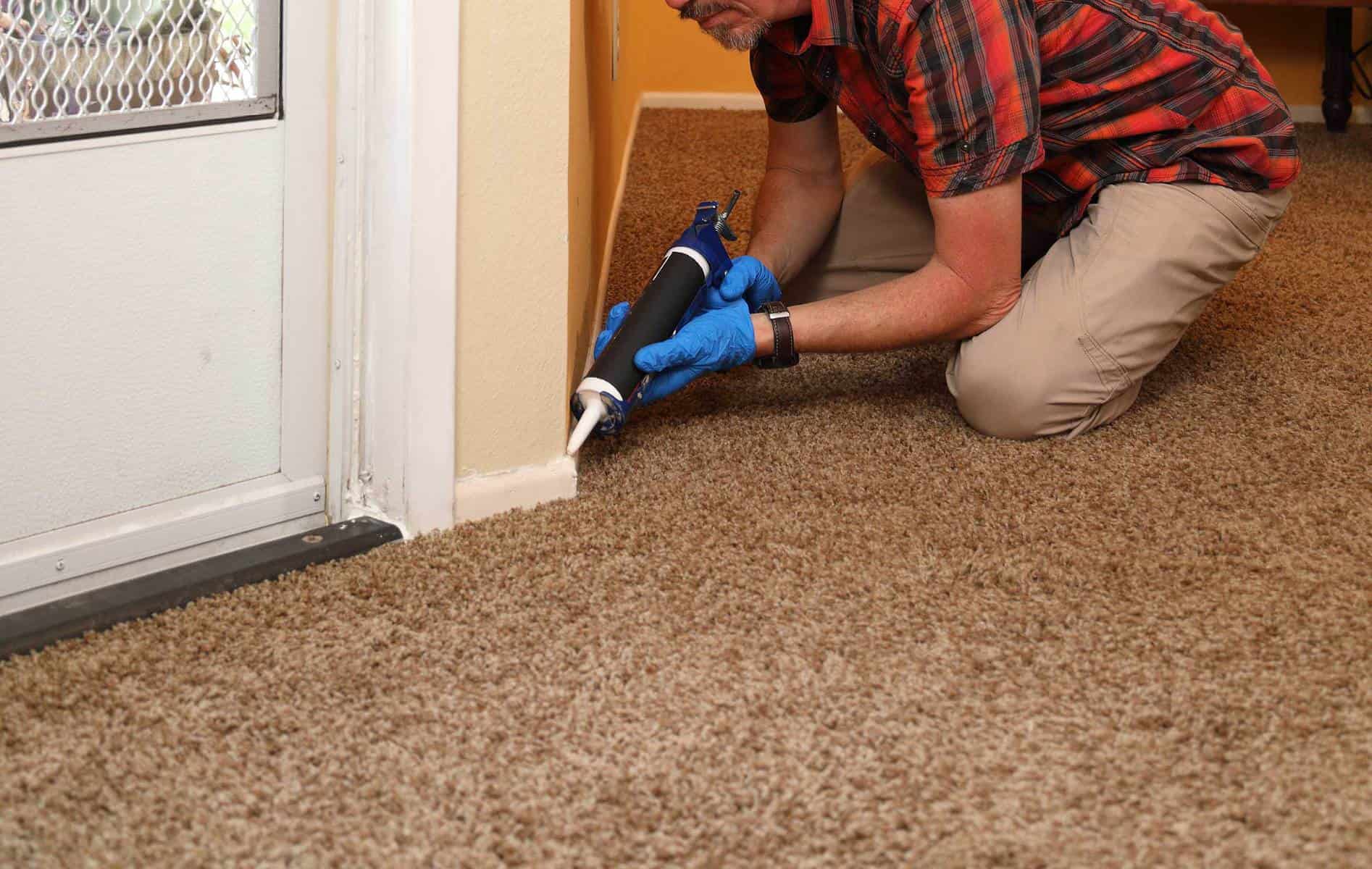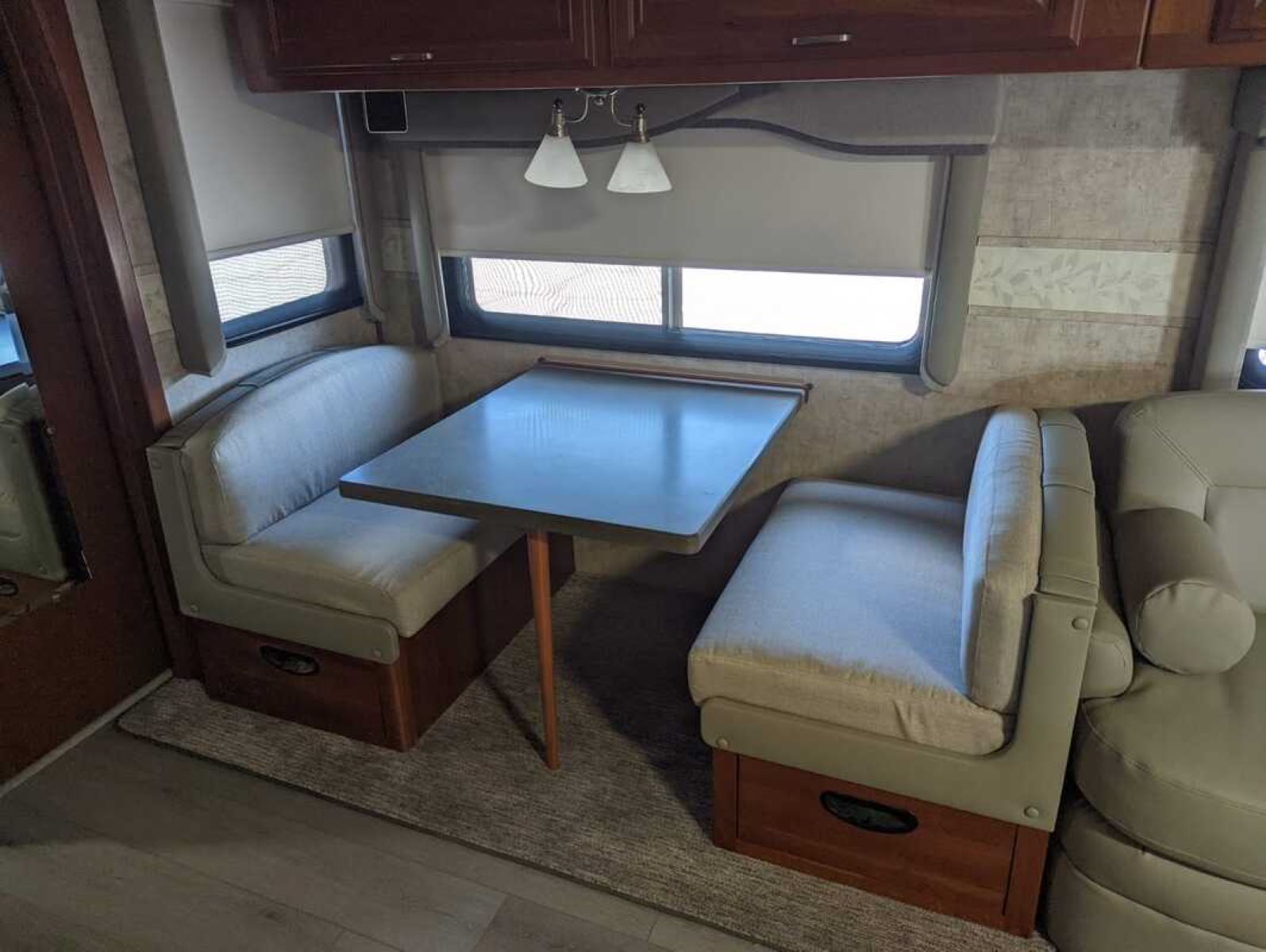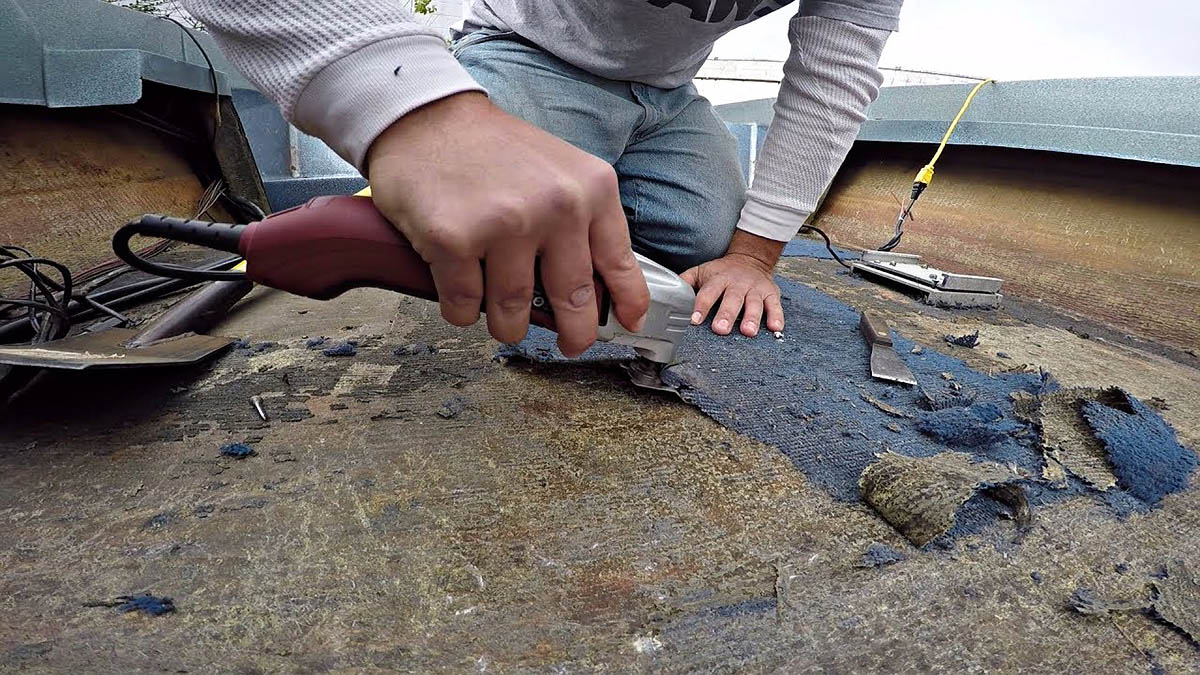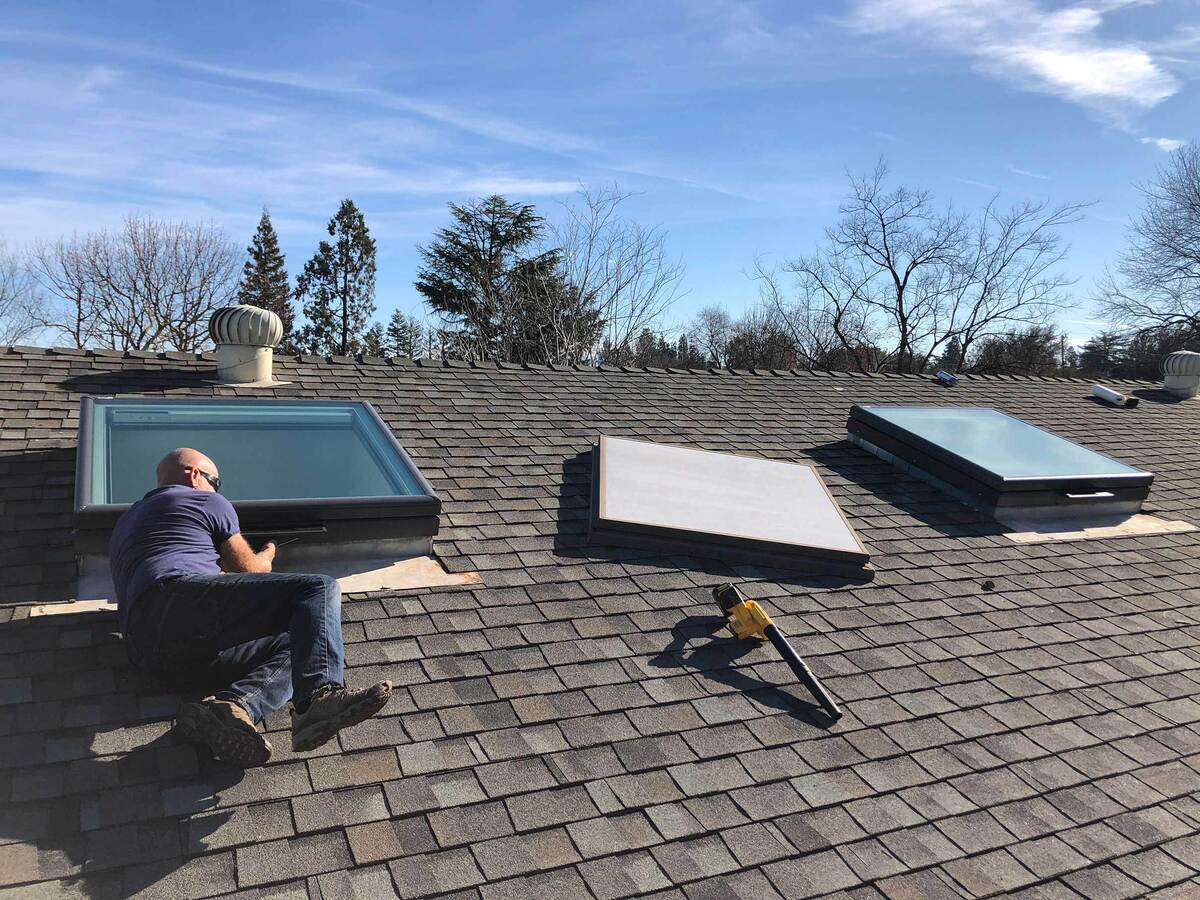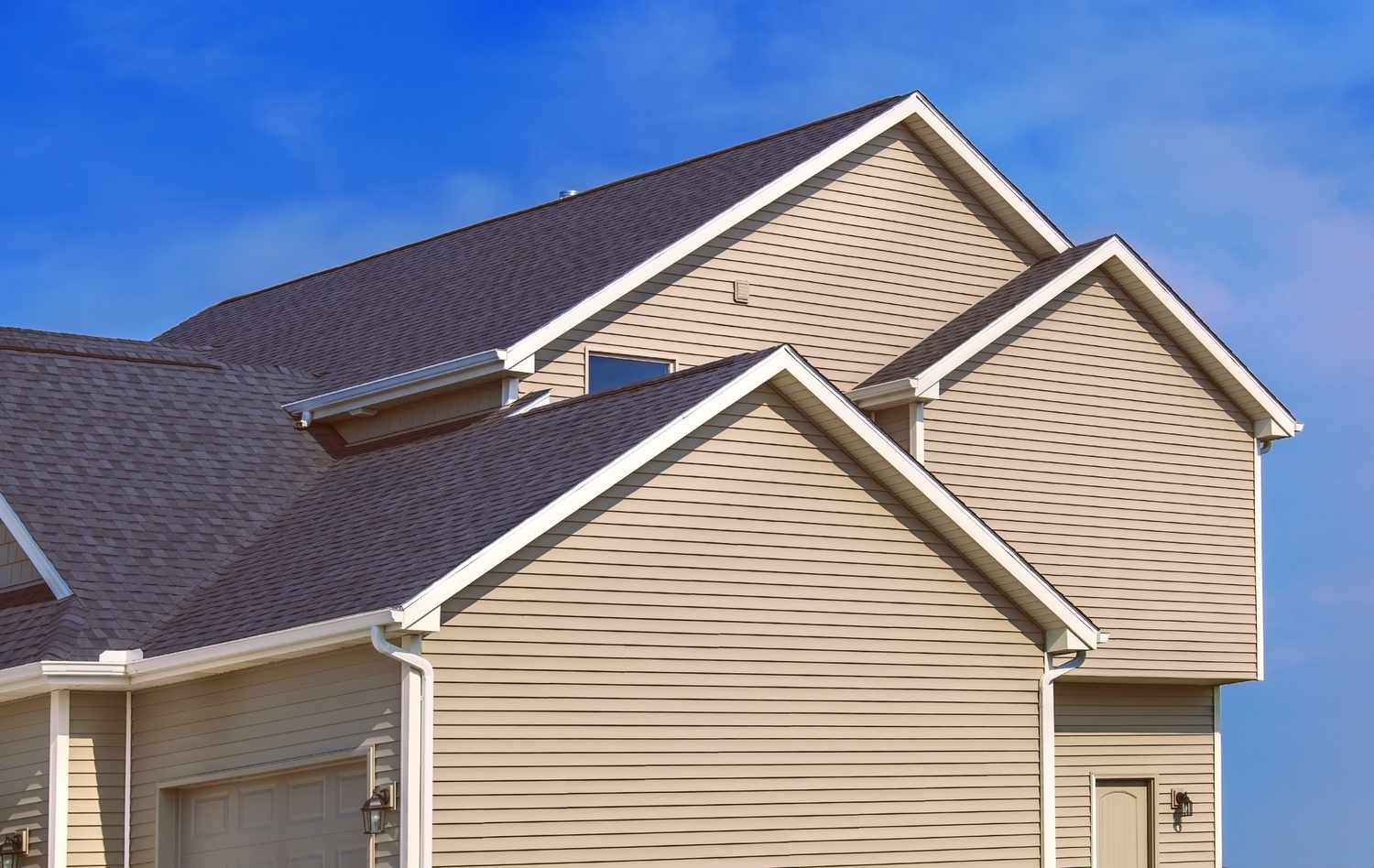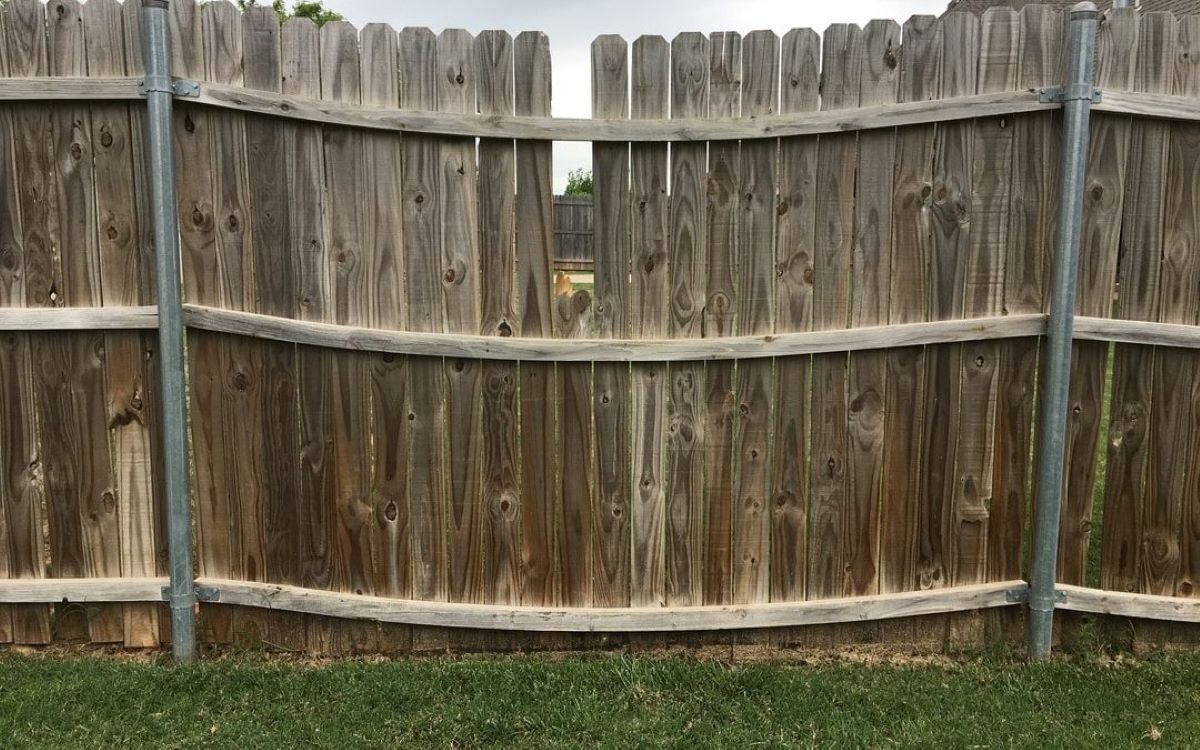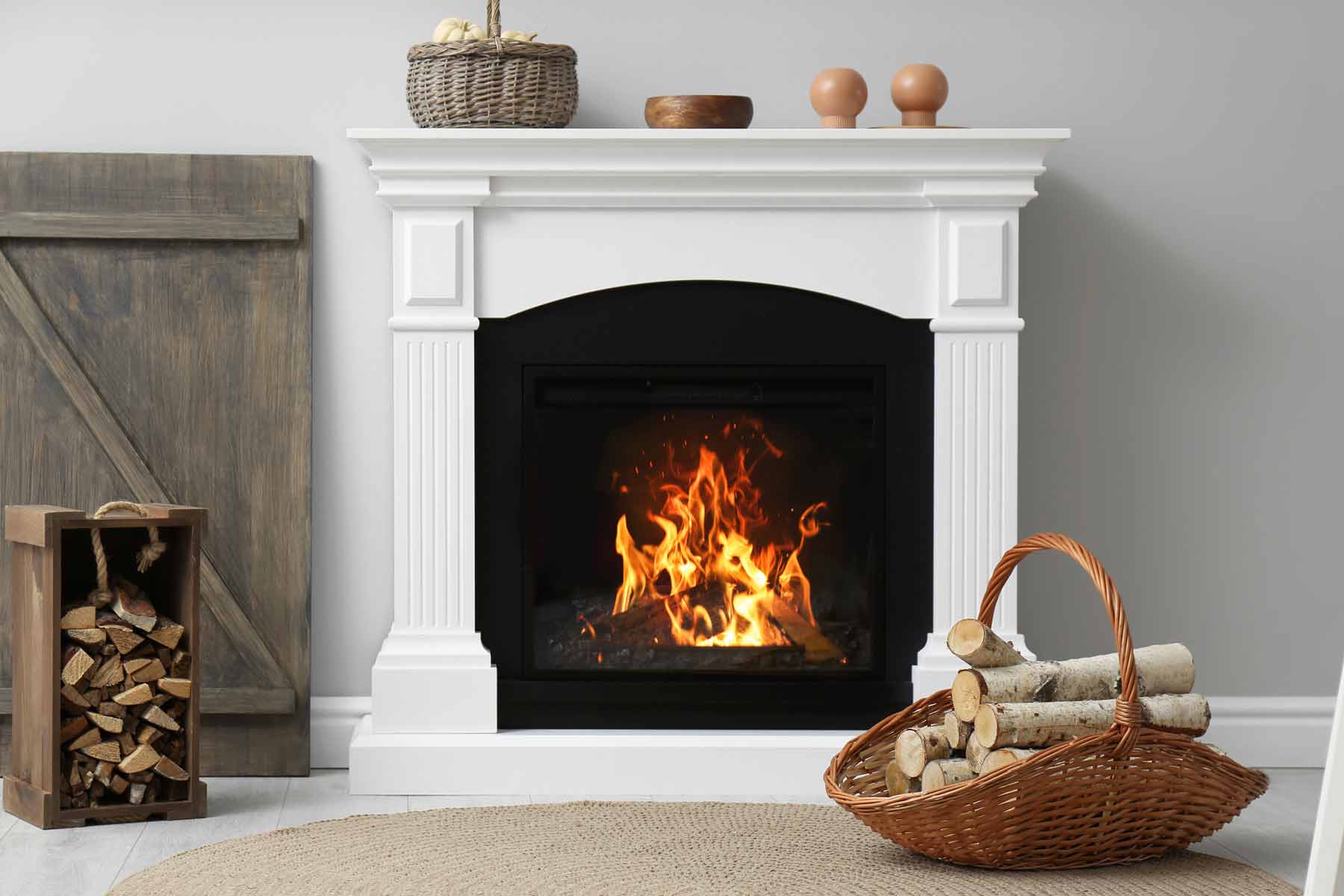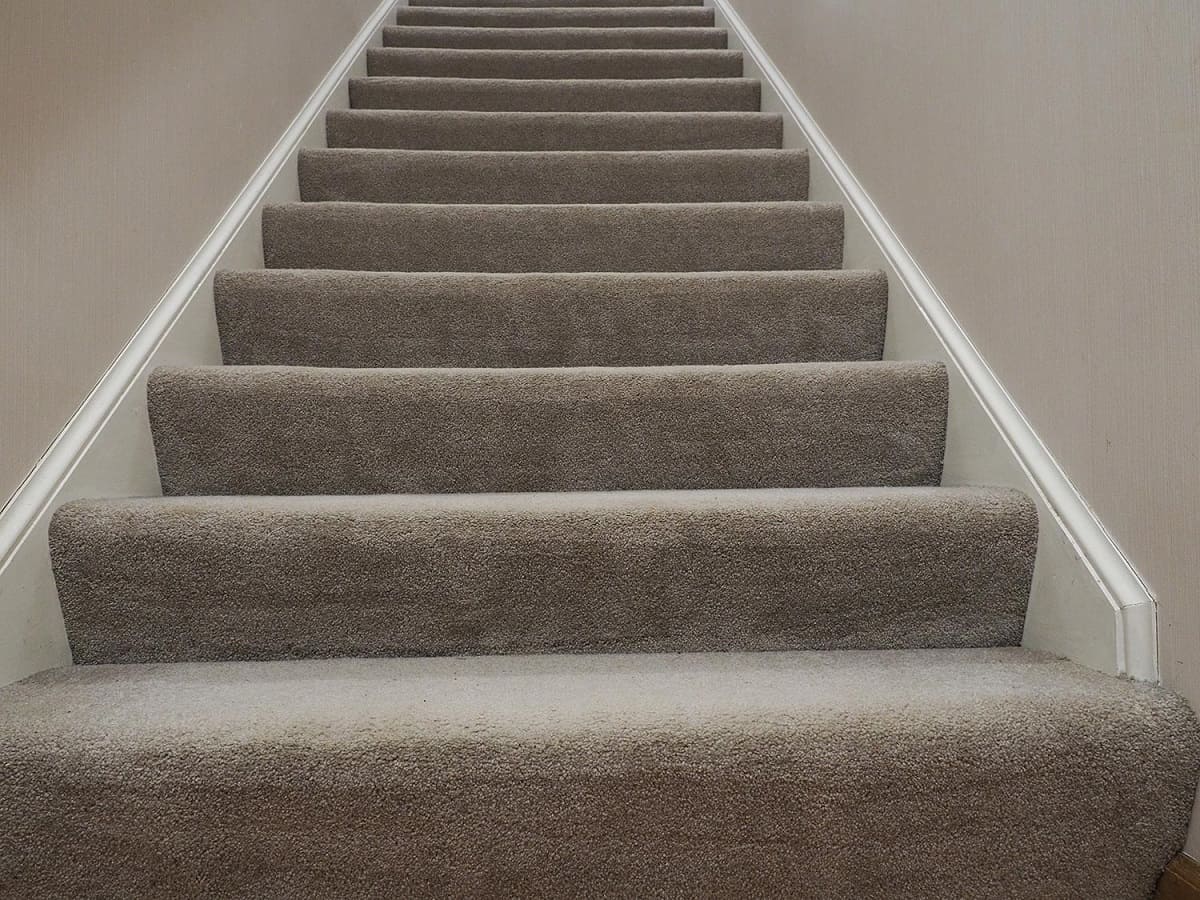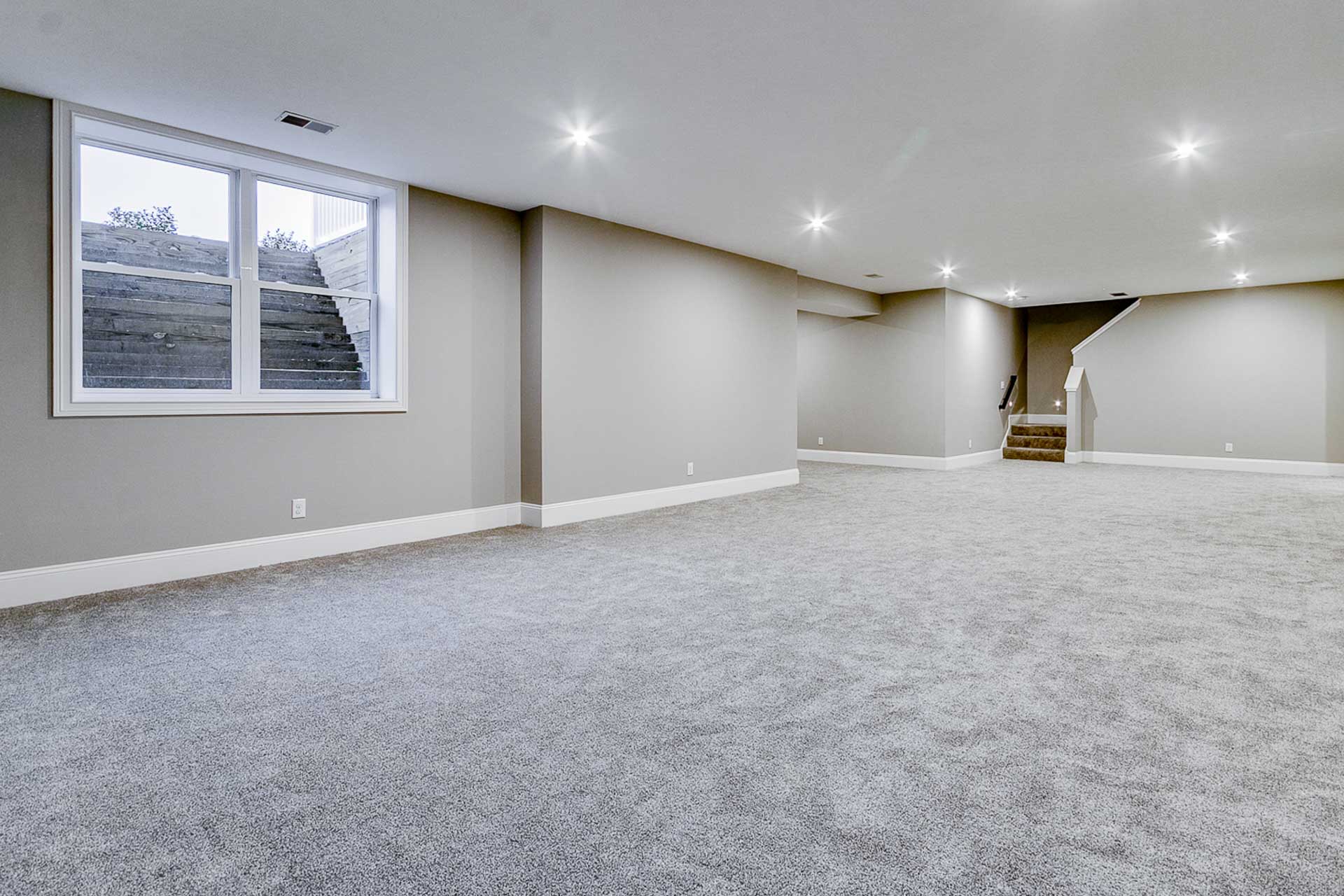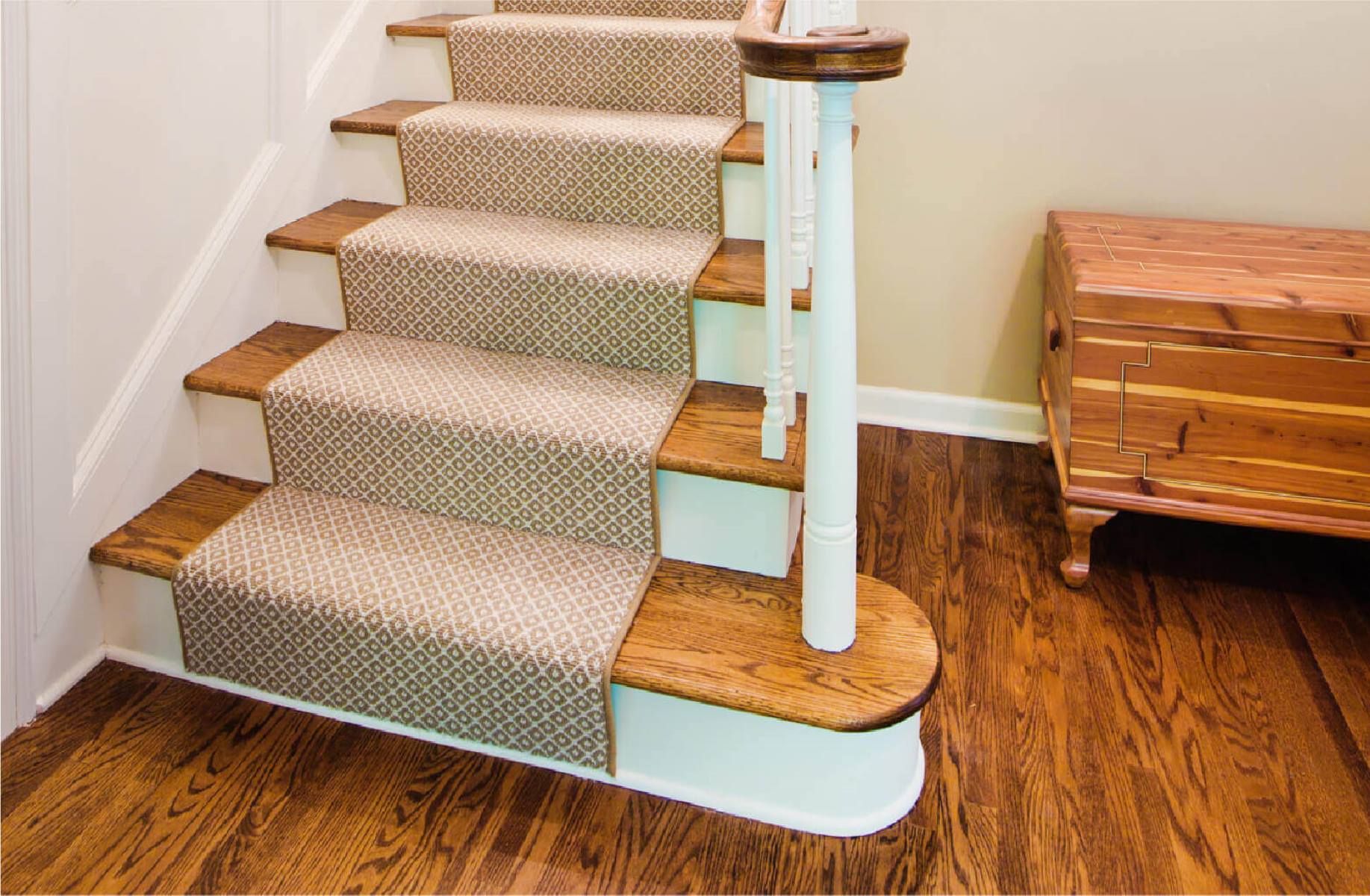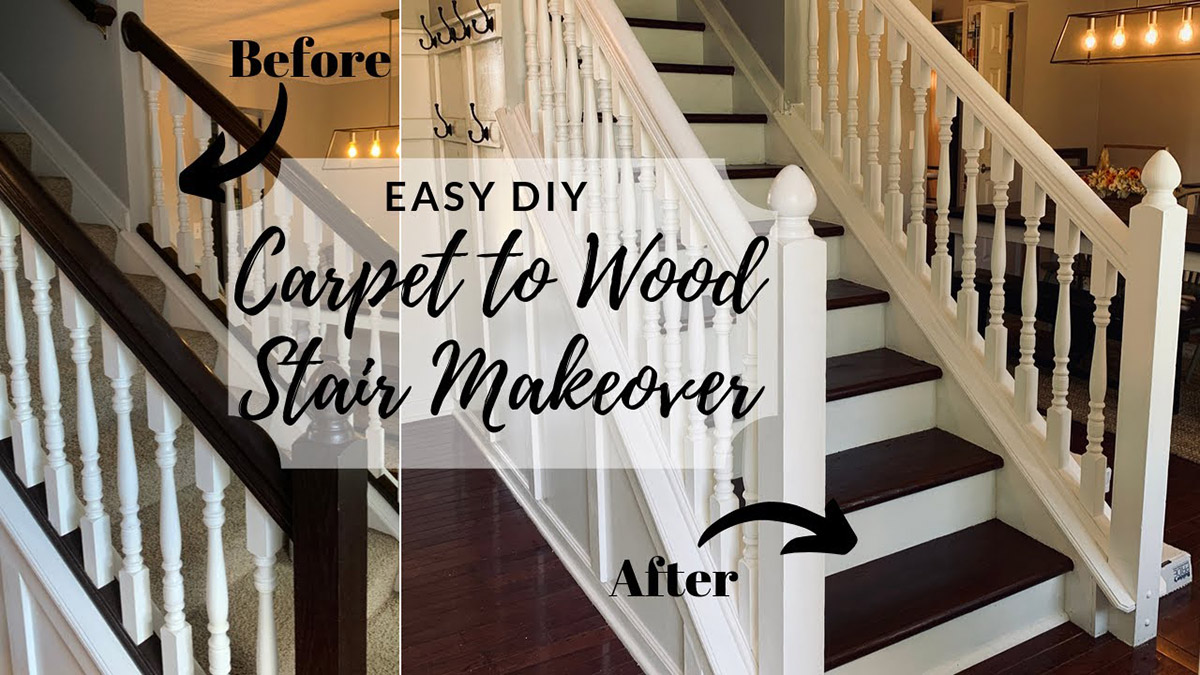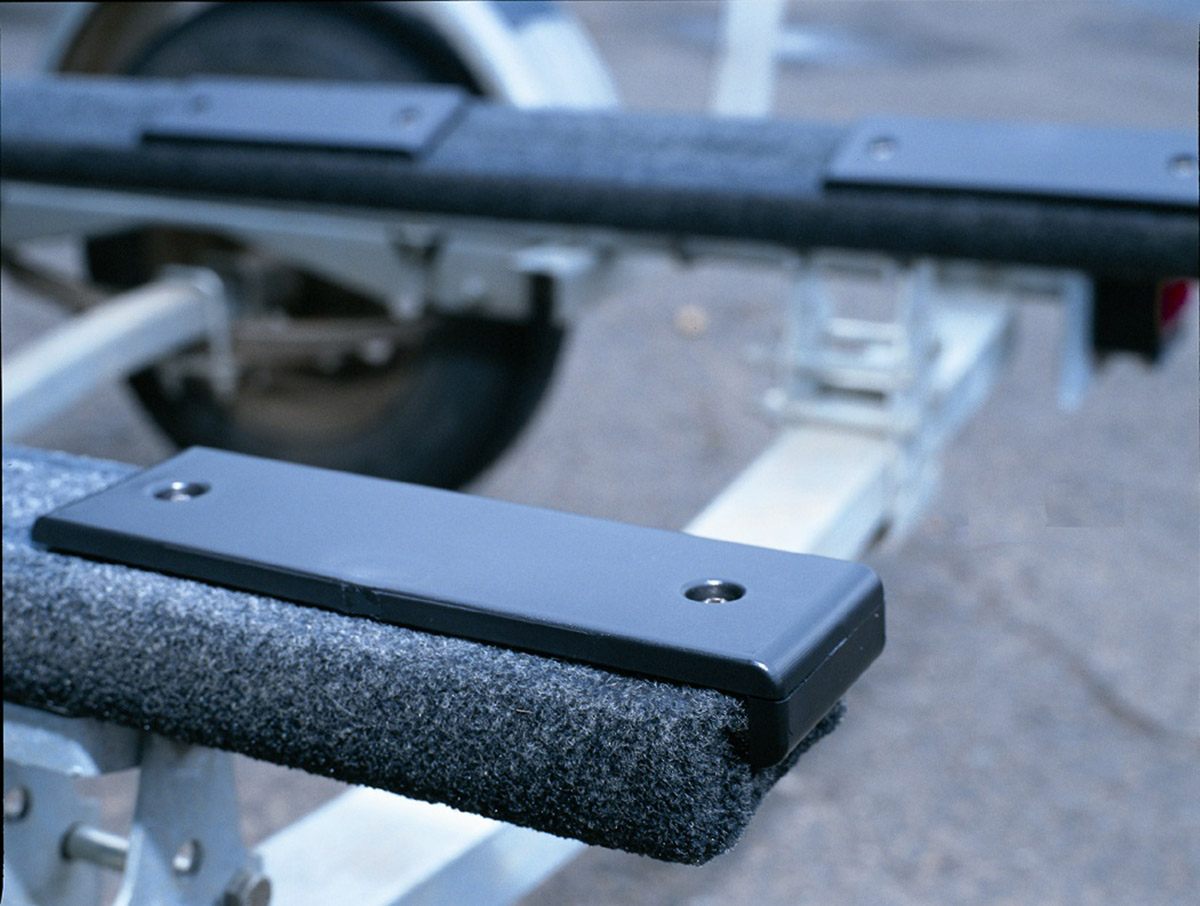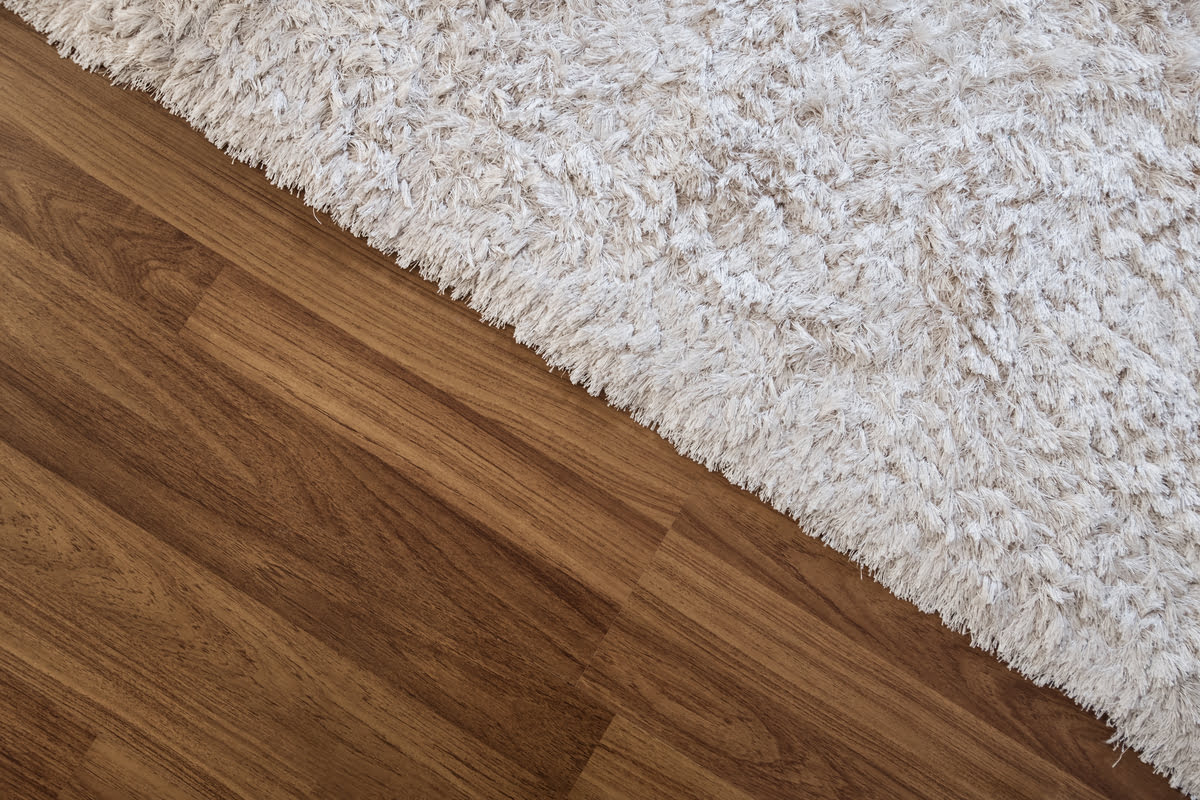

Articles
How Much To Replace A Carpet With Laminate
Modified: October 20, 2024
Get expert advice on replacing your carpet with laminate flooring. Read informative articles and find out how much it will cost you.
(Many of the links in this article redirect to a specific reviewed product. Your purchase of these products through affiliate links helps to generate commission for Storables.com, at no extra cost. Learn more)
Introduction
Replacing a carpet with laminate flooring can be a great way to give your space a fresh, updated look. Laminate flooring offers numerous benefits over traditional carpet, including easier maintenance, durability, and a wide range of design options. However, before diving into this project, it’s important to understand the cost factors involved.
From the removal and disposal of the existing carpet to preparing the subfloor, purchasing the laminate flooring, and the actual installation process, there are several expenses to consider. By understanding these cost factors, you can better plan your budget and ensure a successful carpet-to-laminate transformation for your space.
In this article, we will explore the various factors that can impact the cost of replacing a carpet with laminate flooring. We will discuss the removal and disposal of the existing carpet, preparing the subfloor, purchasing the laminate flooring, installation costs, and any additional expenses that may arise during the project. By the end, you will have a better understanding of the overall cost analysis and be equipped to make informed decisions for your flooring project.
Key Takeaways:
- When replacing carpet with laminate flooring, consider the size of the area, quality of laminate, installation complexity, and additional materials. Budgeting for subfloor preparation and unexpected expenses ensures a successful and cost-effective transformation.
- Carefully analyzing cost factors such as removal, subfloor preparation, laminate purchase, installation, and additional expenses is crucial. Obtaining multiple quotes, planning for contingencies, and prioritizing quality lead to a budget-friendly and visually appealing carpet-to-laminate flooring project.
Read more: What Is Cheaper: Carpet Or Laminate?
Cost Factors
When considering the cost of replacing a carpet with laminate flooring, it’s important to take into account several factors that can influence the overall expenses. These factors include the size of the area to be covered, the quality and type of laminate flooring chosen, the complexity of the installation process, and any additional materials or services required.
The size of the area to be covered is a significant cost factor. The larger the space, the more laminate flooring material will be needed, resulting in higher costs. Additionally, irregularly shaped rooms or spaces with many corners and angles may require more cutting and waste, potentially increasing the amount of laminate flooring required.
The quality and type of laminate flooring chosen also play a crucial role in the cost. Laminate flooring comes in various grades, ranging from basic to premium. Higher-quality laminate flooring tends to be more expensive but offers enhanced durability, aesthetics, and performance. Additionally, the type of laminate flooring, such as waterproof or scratch-resistant varieties, may come with an increased price tag.
The complexity of the installation process can impact the cost as well. If the subfloor requires extensive preparation or repairs, such as leveling or removing existing flooring materials, additional time and labor will be required, potentially increasing the overall cost. Additionally, intricate patterns or designs may require more precise cutting and installation, which can also add to the overall expense.
It’s important to consider any additional materials or services that might be necessary in the process of replacing a carpet with laminate flooring. This could include underlayment, which provides cushioning and sound insulation, or transition strips to connect the laminate flooring to adjacent surfaces. Hiring professional installers or contractors can also increase the cost, but it ensures a high-quality and efficient installation.
By considering these cost factors, you can better estimate the total expenses involved in replacing a carpet with laminate flooring. It’s recommended to obtain quotes from multiple suppliers and contractors to compare prices and make an informed decision based on your budget and specific requirements.
Removal and Disposal of Existing Carpet
When replacing a carpet with laminate flooring, one of the initial steps is to remove and dispose of the existing carpet. This process involves labor, time, and potentially additional expenses.
The cost of removing carpet can vary depending on the size of the area to be covered and the complexity of the carpet installation. If the carpet is glued down or heavily secured, it may require more effort to remove, increasing the labor costs. Additionally, older carpets that have been in place for many years may be more challenging to remove due to wear and tear or accumulated dirt.
If you decide to tackle the carpet removal yourself, you may save on labor costs, but it’s important to be aware of potential risks and challenges. It can be physically demanding, especially for larger areas, and you will need the proper tools and equipment, including a carpet knife, gloves, and protective eyewear. Additionally, you will need to consider how to properly dispose of the old carpet, which may incur additional fees if you use a professional waste disposal service.
Alternatively, you can opt to hire professionals for the carpet removal and disposal. They have the experience, tools, and expertise to efficiently remove the carpet without damaging the underlying flooring. Professional services may include the cost of removing and disposing of the old carpet within their overall pricing or charge an additional fee, so it’s essential to communicate and clarify the details before hiring.
Regardless of whether you choose to remove the carpet yourself or hire professionals, it’s important to factor in the cost and time associated with this step. Removing the existing carpet properly ensures a clean and level surface for the subsequent laminate flooring installation, contributing to the overall longevity and aesthetics of your new flooring.
Preparing the Subfloor
Preparing the subfloor is a crucial step in replacing a carpet with laminate flooring. The condition of the subfloor can affect the overall appearance and longevity of the new flooring, making it important to ensure proper preparation.
The cost of preparing the subfloor can vary depending on its current condition and the necessary repairs or adjustments. Subfloor preparation typically involves removing any debris, nails, or adhesives left behind from the previous flooring. This can be a time-consuming process, especially if the subfloor requires extensive cleaning or if there are stubborn adhesives that need to be removed.
If the subfloor is uneven or has imperfections, additional steps may need to be taken, such as leveling or smoothing the surface. This can involve using self-leveling compounds, plywood, or other materials to create a flat and sturdy foundation for the laminate flooring. The cost of these materials and any additional labor required should be taken into consideration.
In some cases, it may be necessary to repair or replace sections of the subfloor if they are damaged or unstable. This can involve removing and replacing damaged plywood or floorboards, which increases the overall cost of subfloor preparation.
Furthermore, in certain situations, an underlayment may be required to enhance the performance and comfort of the laminate flooring. Underlayment materials, such as foam or cork, add cushioning, reduce noise transmission, and provide moisture protection. The cost of the underlayment should be factored into the overall subfloor preparation expenses.
It’s worth noting that the cost of subfloor preparation can vary depending on the size of the area and the complexity of the subfloor condition. Hiring professionals to handle the subfloor preparation ensures proper techniques and can save you time and effort. They have the expertise to identify and address any issues, ensuring a smooth and stable foundation for your new laminate flooring.
By properly preparing the subfloor, you can ensure the longevity and performance of your laminate flooring. Taking the time and budgeting for subfloor preparation is essential to achieve the best results and avoid potential issues in the future.
Purchasing the Laminate Flooring
Purchasing the laminate flooring is a significant component of the overall cost of replacing a carpet. The cost can vary depending on the quality, style, and quantity of the laminate flooring chosen.
When selecting laminate flooring, it’s important to consider both the quality and the aesthetic appeal. Higher-quality laminate flooring tends to be more durable, resistant to wear and tear, and offers better warranties. While the upfront cost may be higher, it can save you money in the long run by reducing the need for repairs or replacements.
The style or design of the laminate flooring can also impact the cost. There are various options available, including different colors, wood grain patterns, and surface textures. Some laminate flooring may mimic the appearance of hardwood, stone, or tile, adding to its visual appeal. However, more intricate designs or premium finishes may come at a higher price point.
It’s important to accurately measure the area to be covered with laminate flooring to determine the quantity required. This helps prevent over-purchasing and wasting material or under-purchasing and facing delays in the installation process. It’s recommended to add an extra 5-10% to the total square footage to account for any cutting waste or future repairs.
Additionally, consider factors such as warranties, installation guidelines, and maintenance requirements when purchasing laminate flooring. Some brands may offer longer warranties or easier installation methods, which can affect the overall value and cost in the long term.
When budgeting for the laminate flooring, it’s advisable to browse different suppliers and compare prices. Check for any discounts, promotions, or clearance sales that may be available. However, be cautious when purchasing laminate flooring that is significantly cheaper, as it may be of lower quality and have a shorter lifespan.
Lastly, take into account any additional materials that may be necessary for the installation of the laminate flooring, such as underlayment or transition strips. These materials should be factored into the overall cost analysis to get an accurate budget estimate.
By considering the quality, style, quantity, and additional materials, you can make an informed decision when purchasing the laminate flooring for your carpet replacement project. Taking the time to research and find the right balance between cost and quality will ensure a successful and visually appealing outcome.
When replacing a carpet with laminate, consider the cost of the laminate material, installation fees, and any additional materials needed such as underlayment and transition strips. It’s also important to factor in the size of the area and any potential extra costs for removing the old carpet.
Read more: How Much Do Laminate Countertops Cost
Installation Costs
The installation of laminate flooring is an important aspect to consider when replacing a carpet. The cost of installation can vary depending on factors such as the size and complexity of the area, the chosen method of installation, and whether you choose to hire professionals or perform the installation yourself.
Professional installation typically comes with a higher price tag compared to a DIY approach. However, hiring professionals ensures that the installation is done correctly and efficiently, saving you potential headaches and ensuring the longevity of your laminate flooring. Professional installers have the knowledge and experience to handle any challenges that may arise during the installation process.
The cost of professional installation is often based on a square footage rate. The rate can vary depending on the region and the specific installer you hire. It’s advisable to obtain multiple quotes from different installers to compare prices and services offered.
If you choose to install the laminate flooring yourself, you can save on labor costs. However, keep in mind that DIY installation requires a certain level of expertise and experience to ensure a successful outcome. You will need to familiarize yourself with the installation instructions provided by the manufacturer and have the necessary tools and equipment to complete the job accurately.
Keep in mind that some manufacturers may void the warranty if the installation is not done by a certified professional. It’s important to carefully read and understand the warranty information provided by the laminate flooring manufacturer before deciding on the DIY route.
The complexity of the area to be covered can also impact the installation cost. If there are intricate patterns, transitions between different flooring surfaces, or obstacles such as stairs or pillars, the installation process may become more time-consuming and require additional expertise. These factors should be discussed with the installers to get a clear understanding of any potential extra charges.
Additionally, be aware of any hidden costs that may arise during the installation process. This can include the need for additional materials, such as adhesive, or unexpected repairs to the subfloor or underlying structure. It’s important to communicate with the installers and address any potential issues or concerns before the installation begins to avoid last-minute surprises.
By considering the installation costs, whether hiring professionals or opting for a DIY approach, you can make an informed decision that aligns with your budget and ensures a proper and professional installation of your new laminate flooring.
Additional Expenses
When replacing a carpet with laminate flooring, there are additional expenses to consider beyond the cost of the flooring and installation. These expenses can vary depending on the specific requirements of your project and any unique circumstances you may encounter.
One common additional expense is the cost of underlayment. Underlayment is a thin layer of material that is typically installed between the subfloor and the laminate flooring. It provides cushioning, sound insulation, and helps to prevent moisture from seeping into the laminate. The cost of underlayment will depend on the type and quality of the material you choose.
If the existing baseboards or molding need to be removed or replaced to accommodate the new laminate flooring, there will be associated costs. This can include the price of new molding or baseboards, as well as any labor costs for installation or removal.
Transition strips are another potential additional expense. These strips are used to create a smooth transition between the laminate flooring and other flooring materials in adjacent rooms or areas. The cost of these strips will depend on the type, design, and length required for your specific installation.
In some cases, the installation of laminate flooring may require additional floor preparation, such as moisture barriers or repairing uneven subfloors. These extra steps can incur additional costs for materials and labor, so it’s important to factor them into your budget.
If you are planning to hire professionals for the installation, it’s important to consider any transportation fees or travel expenses that may be applicable. Installers may charge a fee for traveling to and from your location, particularly if you are in a remote area.
Lastly, it’s always a good idea to set aside a contingency fund for unexpected expenses or unforeseen circumstances. This can include unexpected repairs, changes in the project scope, or last-minute adjustments that may arise during the installation process.
By considering these additional expenses and budgeting for them, you can avoid any financial surprises and ensure you are prepared for the full cost of your carpet-to-laminate flooring project.
Total Cost Analysis
When considering the total cost of replacing a carpet with laminate flooring, it’s important to take into account all the factors discussed above. By analyzing these factors, you can arrive at a comprehensive understanding of the overall expenses involved in the project.
The cost factors to consider include the removal and disposal of the existing carpet, the preparation of the subfloor, the purchase of the laminate flooring, the installation costs, and any additional expenses that may arise during the process.
The removal and disposal of the existing carpet can vary in cost depending on the size of the area and the complexity of the carpet installation. You will need to decide whether to undertake this task yourself or hire professionals.
Preparing the subfloor involves cleaning, leveling, and potentially repairing the existing surface. Each of these steps can impact the cost. You will need to consider the materials needed for subfloor preparation, such as self-leveling compounds or plywood.
Purchasing the laminate flooring involves evaluating the quality, style, quantity, and any additional materials required for installation, such as underlayment or transition strips. It’s important to consider the long-term value and performance of the laminate flooring when making your selection.
The installation costs can vary depending on whether you choose to hire professionals or perform the installation yourself. Professional installation offers expertise and efficiency but comes with a higher cost, while a DIY approach can save on labor expenses but requires sufficient knowledge and experience.
There are also additional expenses to consider, such as underlayment, transition strips, any necessary repairs or adjustments to the subfloor, and potentially the cost of new baseboards or molding. These expenses should be factored into your budget to avoid any financial surprises.
Lastly, it’s recommended to set aside a contingency fund to account for any unexpected expenses or changes that may arise during the project.
By carefully analyzing all these cost factors and budgeting accordingly, you can have a clear understanding of the total cost of replacing your carpet with laminate flooring. This will ensure that you can plan your budget effectively and proceed with your project confidently, knowing you are prepared for all the associated expenses.
Conclusion
Replacing a carpet with laminate flooring can bring a refreshing and modern look to your space while offering numerous benefits such as easy maintenance and durability. However, it’s important to consider the cost factors involved in this project to ensure a successful transformation within your budget.
Cost factors to consider include the removal and disposal of the existing carpet, preparing the subfloor, purchasing the laminate flooring, installation costs, and any additional expenses that may arise. Each of these factors can impact the overall cost of the project.
By understanding the cost factors and carefully planning your budget, you can make informed decisions and avoid any financial surprises. It’s recommended to obtain multiple quotes from suppliers and contractors to find competitive prices and clarify any potential hidden costs. This will help you achieve an accurate estimate of the total cost of replacing your carpet with laminate flooring.
Whether you choose to hire professionals or embark on a DIY installation, consider the long-term value and quality of the materials and services you opt for. Taking the time to properly remove the existing carpet, prepare the subfloor, and select high-quality laminate flooring will ensure a beautiful and lasting result.
Remember to factor in any additional expenses such as underlayment, transition strips, or repairs to be prepared for the full cost of the project. Also, setting aside a contingency fund for unforeseen circumstances is always a prudent decision.
Replacing a carpet with laminate flooring is an investment that can enhance the aesthetics and functionality of your space. By considering all the cost factors and carefully planning your budget, you can achieve a successful and budget-friendly carpet-to-laminate flooring transformation.
With the right preparations and a well-planned budget, you can confidently make the switch from carpet to laminate flooring, enjoying a fresh and modern look while staying within your financial means.
Frequently Asked Questions about How Much To Replace A Carpet With Laminate
Was this page helpful?
At Storables.com, we guarantee accurate and reliable information. Our content, validated by Expert Board Contributors, is crafted following stringent Editorial Policies. We're committed to providing you with well-researched, expert-backed insights for all your informational needs.

